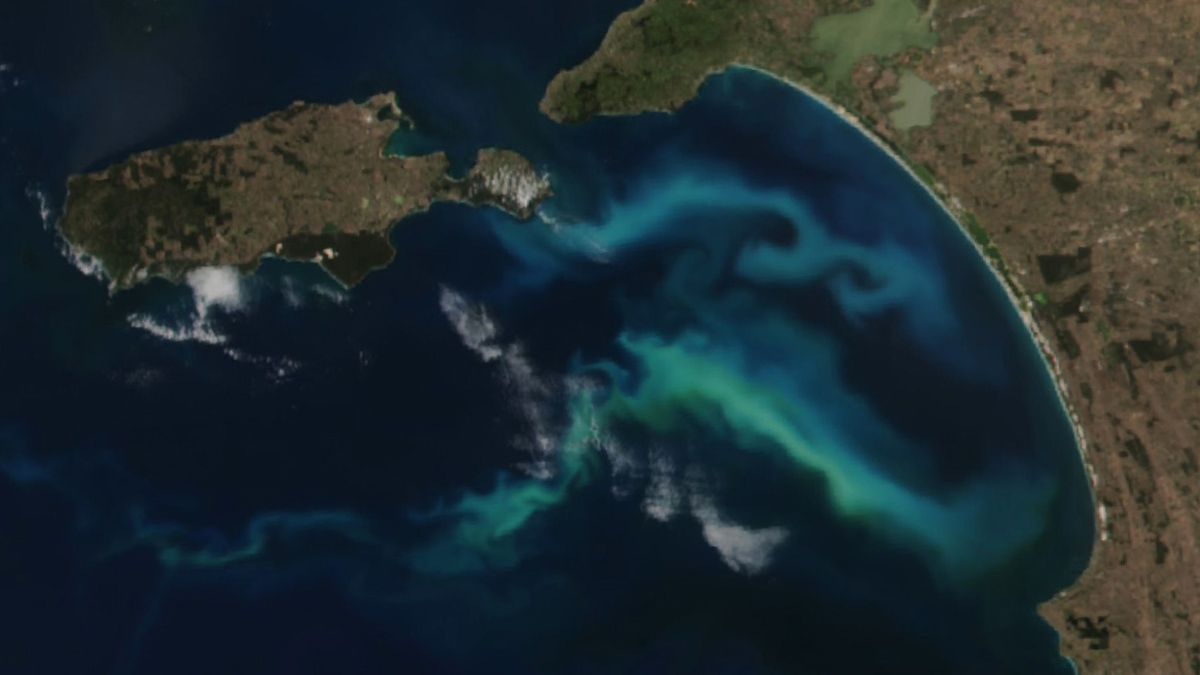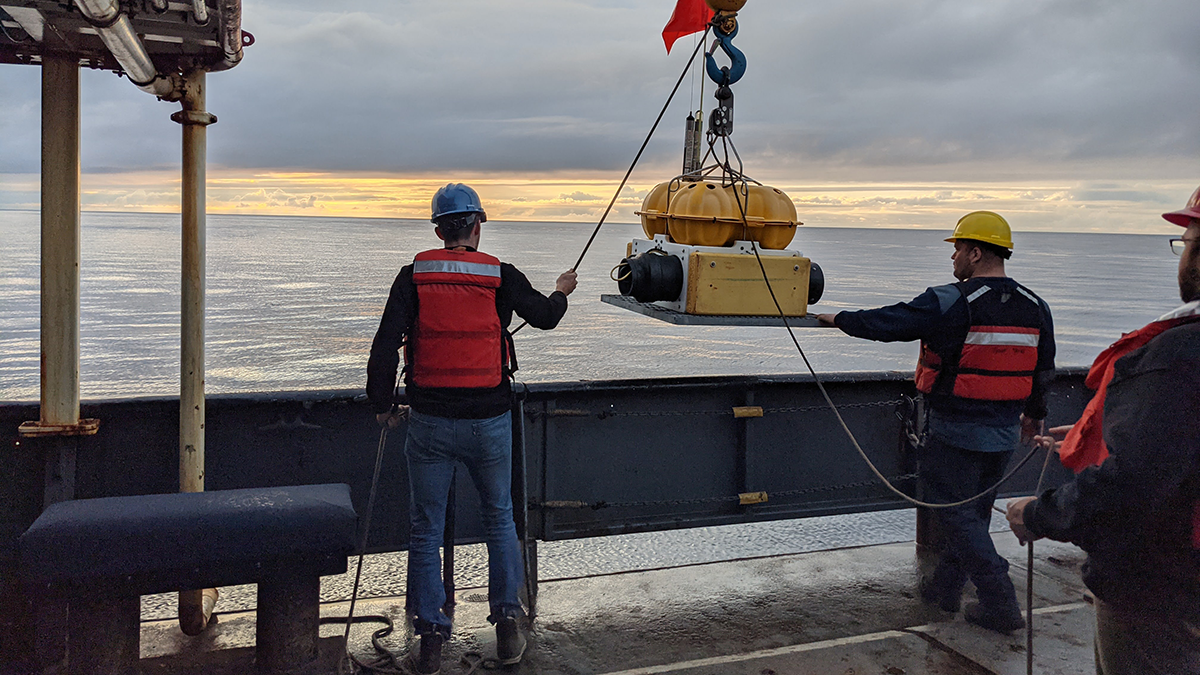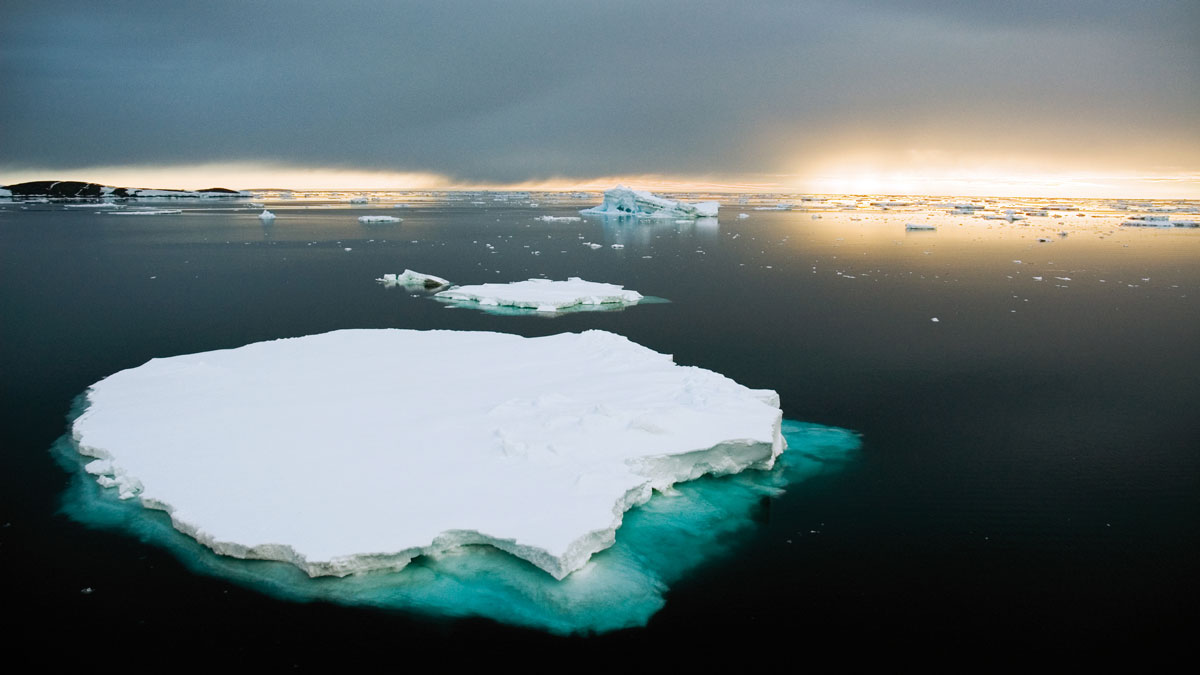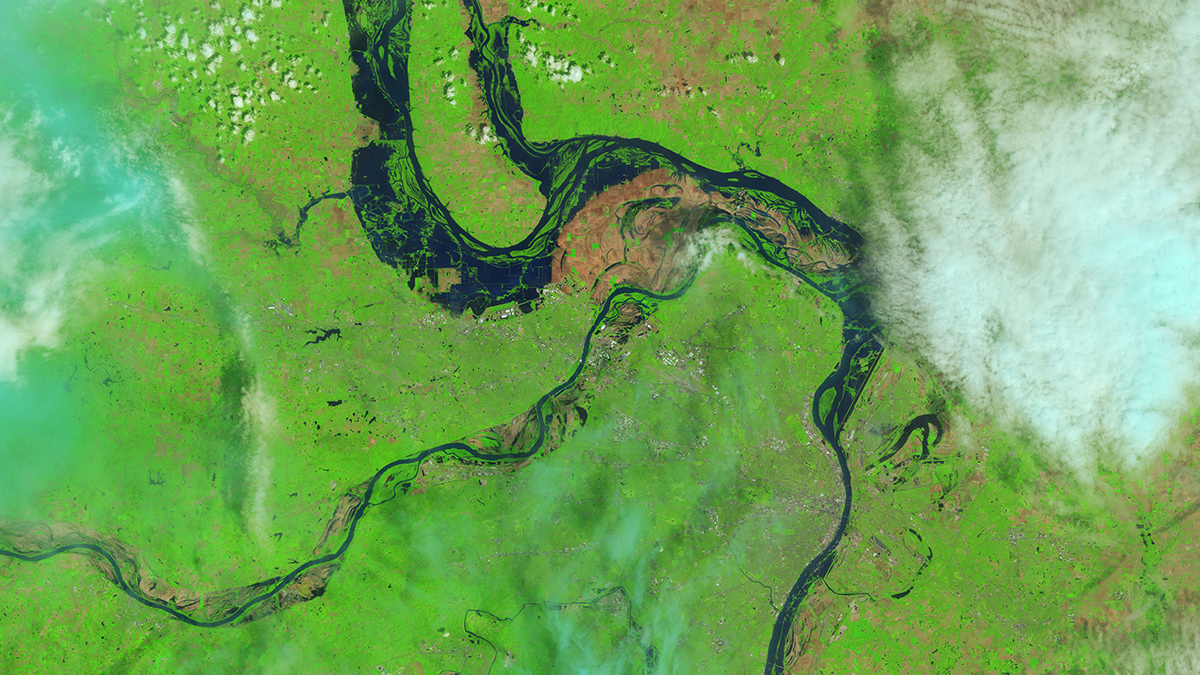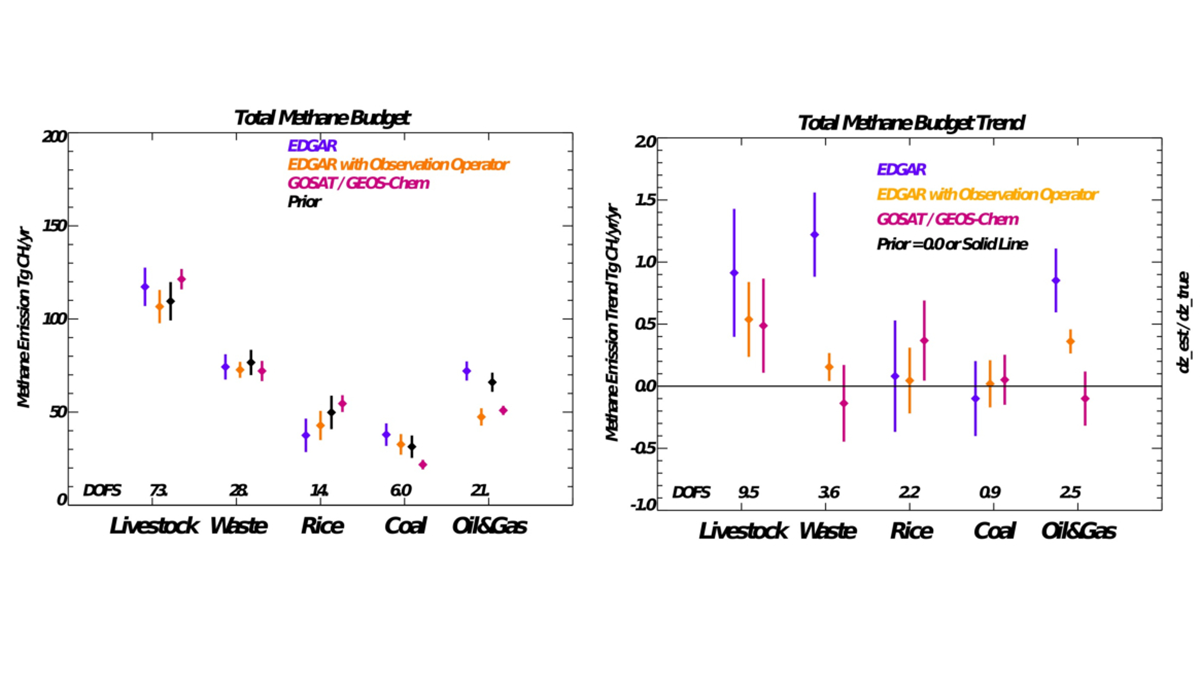While storing carbon dioxide, the coastal ocean also releases methane and nitrous oxide. New research shows that understanding the impact of coastal oceans on climate requires more research into these fluxes and how they counteract each other.
greenhouse gases
The Not-So-Silent Depths
A new book reveals that ocean depths are far from silent voids, but are actually alive with noise.
Researchers Develop Mexico’s First Comprehensive Greenhouse Gas Budget
A new study delves into 2 decades of data to create a comprehensive quantification of carbon, methane, and nitrous oxide sources and sinks that could help guide climate policy.
Climate Tipping Points Could Be Triggered by “Committed Warming”
Unless we rapidly reach net zero emissions, the climate will inch closer to a point of no return—even after greenhouse gas emissions are reduced.
Adding Oxygen to a Lake to Explore Methane Emissions
A rare whole-lake experiment suggests that in some cases, low-oxygen conditions may have a smaller impact on methane release to the atmosphere than previously thought.
Rivers Are Warming Up and Losing Oxygen
Researchers used deep learning to fill in the gaps of “patchy” water quality data, revealing decades-long trends toward warmer and less oxygenated rivers that could have worrisome consequences.
Warming Reduces Relative Humidity Through Soil Moisture
Relative humidity over land decreases in a warmer climate as a result of interactive soil moisture response.
Using Bayesian Estimation to Improve Methane Inventories
A Bayesian, optimal estimation evaluation of state-of-the-art methane inventory with satellite-based emissions from 2009 to 2018 finds substantial differences for livestock, rice, and coal emissions.
Tracking Human CO2 Emissions from Medium-Sized Cities
Atmospheric inverse models, combined with observations, successfully tracked modest CO2 emission reductions in Salt Lake City during the first COVID-19 lockdown in 2020.

